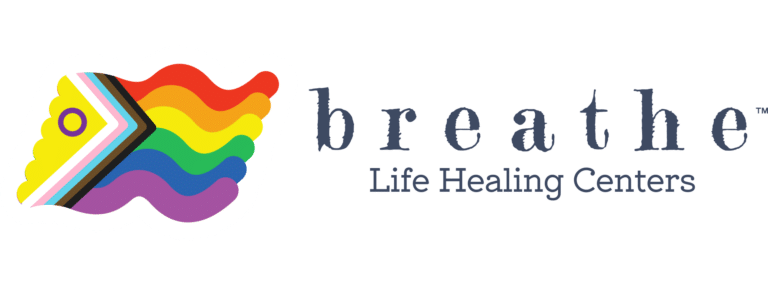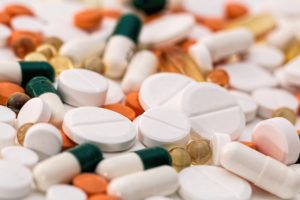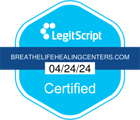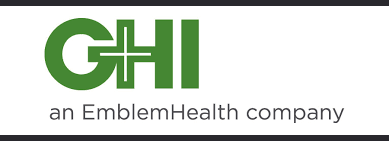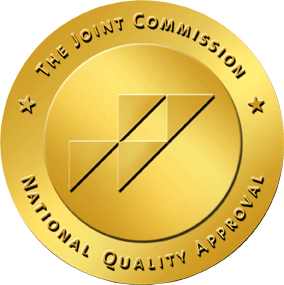Brad Lamm, CIP
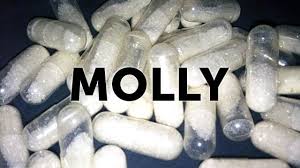
Back in the nineties, when Raves and music festivals were popping up every weekend, scores of young people blissed out on ecstasy danced to house music until dawn. A by-product of the psychoactive drug MDMA, ecstasy is classified as a hallucinogenic and amphetamine, and its users’ experience euphoric and stimulant effects. Initially created by chemists to treat depression, MDMA is usually cut with everything from ibuprofen to talcum powder to create ecstasy. Molly, believed to be straight up MDMA, is seen as “˜E’ in its purest form.
However, Dr. Julie Holland, an NYU psychiatry professor who has run trials investigating MDMA’s therapeutic potential, says that reputation is hardly earned. “˜The number one risk with MDMA is drug substitution. You can never be sure of what you’re getting.’ The DEA states only 13% of the Molly seized in New York State over the last four years actually contained any MDMA, and even then it often was mixed with other drugs.
Ever thought about the other side of that euphoric high? The comedown is bleak at best. Crashing when the drug wears off is known as “˜Suicide Tuesday,’ and symptoms can include teeth grinding, anxiety, insomnia, fever, and loss of appetite. But there are more serious effects, too. Hypothermia, uncontrollable seizures, and a spike in blood pressure so severe it can lead to coma and even death.
Since the population of users are primarily between the ages of 16-25, Molly has seen a sharp increase of users in both high school and college campuses nationwide. The Drug Abuse Warning Network estimates that emergency room visits involving the drug in patients younger than 21 increased by 126% between 2005 and 2011. That’s a scary statistic for parents and loved ones.
Know what to look for in your teenager or young adult. If the Wesleyan University incident is a precursor for what’s to come, educating yourself on the signs and symptoms is your best bet for early intervention and a treatment program for Molly.
